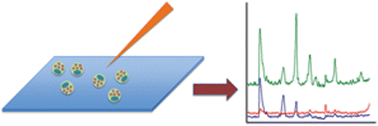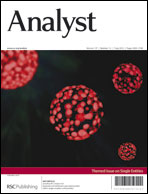Sampling techniques for single-cell electrophoresis†
Abstract
Cells are extraordinarily complex, containing thousands of different analytes with concentrations spanning at least nine orders of magnitude. Analyzing single cells instead of tissue homogenates provides unique insights into cell-to-cell heterogeneity and aids in distinguishing normal cells from pathological ones. The high sensitivity and low sample consumption of capillary and on-chip

- This article is part of the themed collection: The ‘Single’ Issue

 Please wait while we load your content...
Please wait while we load your content...